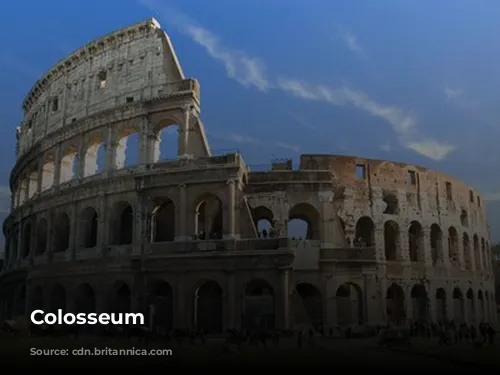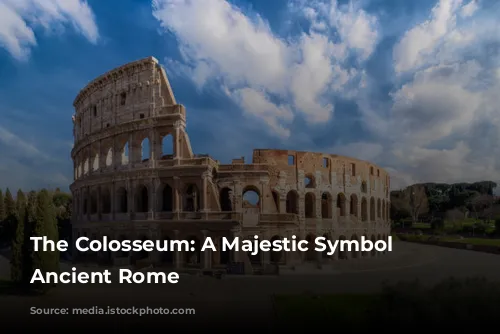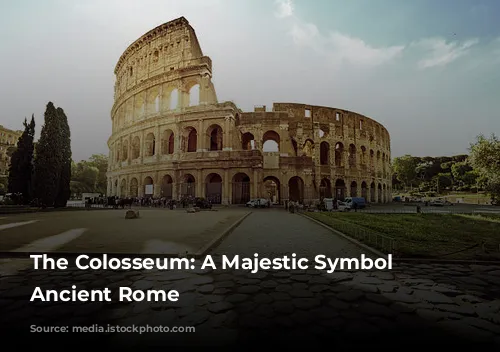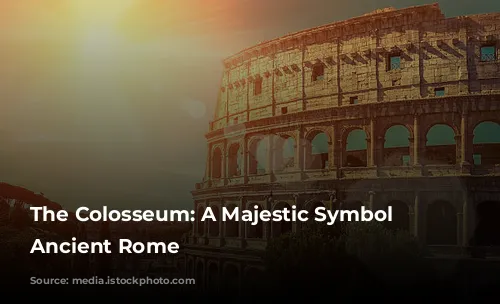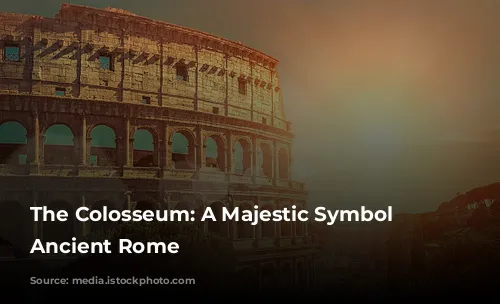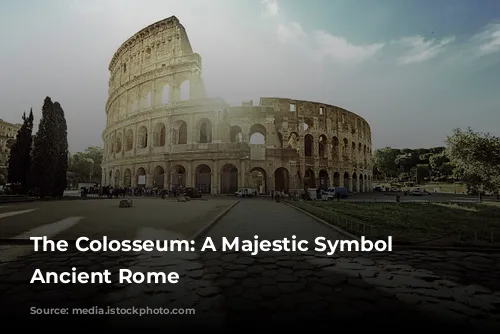The Colosseum, a colossal amphitheater built in Rome during the Flavian dynasty, stands as a testament to the architectural and engineering marvels of the Roman Empire. It’s not only a magnificent relic of the past, but also a major source of tourism revenue for modern-day Italy. In 2018, the Colosseum, along with the Roman Forum and Palatine Hill, attracted hordes of visitors, generating over $63.3 million (€53.8 million) in revenue, making it the top tourist attraction in the country.
A Triumph of Architecture and Engineering
The Colosseum wasn’t built overnight. Construction began under the rule of Emperor Vespasian between 70 and 72 CE. His son, Titus, completed the structure and dedicated it in 80 CE with a grand celebration that lasted for 100 days. The final touch came from Emperor Domitian, who added the fourth story in 82 CE. Interestingly, the funding for this magnificent project came from the spoils of war – the plunder acquired from Titus’s conquest of Jerusalem. Furthermore, the construction was carried out by Jewish slaves from Judaea, highlighting the stark realities of the Roman Empire.
A Symbol of Imperial Power and Public Entertainment
The Colosseum served as a venue for public spectacles, showcasing the might and grandeur of the Roman Empire. Vespasian, a ruler who ascended from humble beginnings, aimed to replace the extravagant palace of his predecessor, Nero, with a public space that could host tens of thousands of Romans. The amphitheater became a stage for gladiatorial combat, animal hunts, and even mock naval battles.
A Story of Neglect and Revival
The Colosseum, like much of the Roman Empire, suffered from neglect after the fall of the Western Roman Empire. In the 12th century, it was transformed into a fortress for prominent families like the Frangipane and the Annibaldi. The structure endured further damage in the late 15th century when it was stripped of its materials and used as a quarry. Over a thousand years of neglect left the Colosseum in a state of disrepair.
However, the 19th century marked a turning point in the Colosseum’s fate. State-funded restoration efforts began in the 1990s, bringing this iconic structure back from the brink. Today, the Colosseum stands as a symbol of Roman might and an enduring testament to the resilience of human ingenuity.
An Enduring Symbol of Roman History
The Colosseum, a marvel of Roman engineering, continues to inspire awe and fascination in visitors from all over the world. This iconic structure, once a symbol of imperial power and public entertainment, is now a cherished testament to the history and legacy of the Roman Empire. Millions of visitors flock to its grounds each year, eager to witness its grandeur and to experience the magic of a bygone era. The Colosseum remains a timeless emblem of Roman history, reminding us of the enduring power of human achievement.


